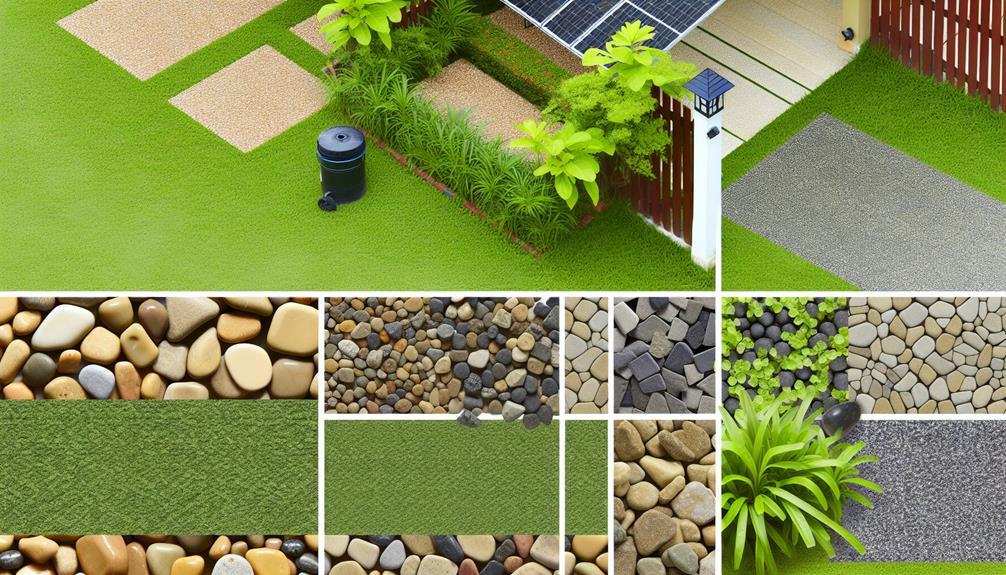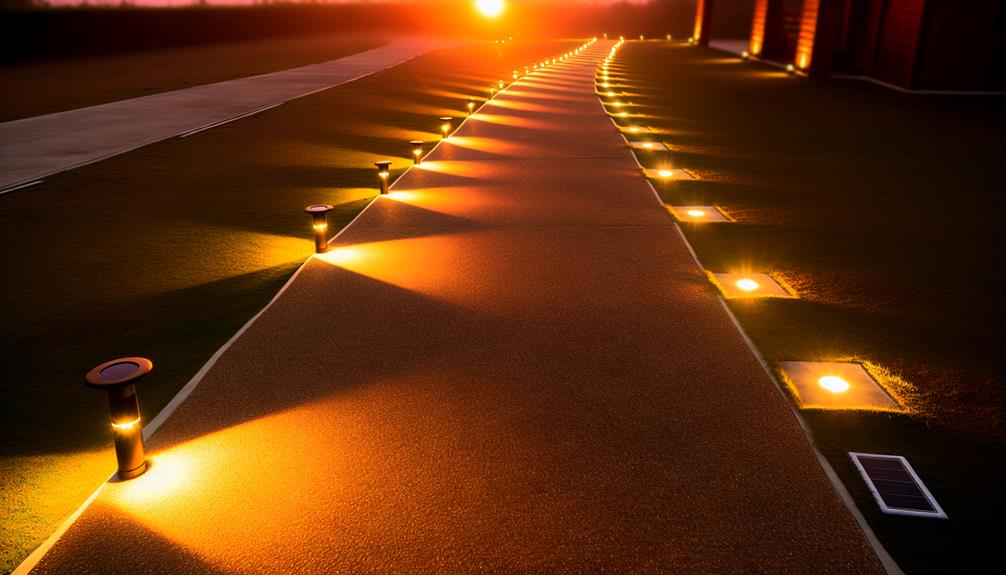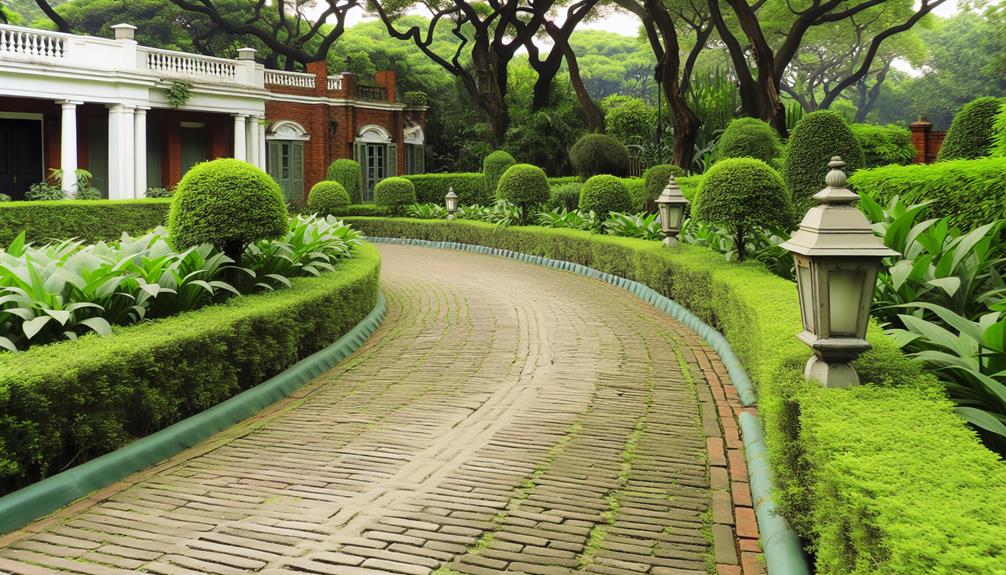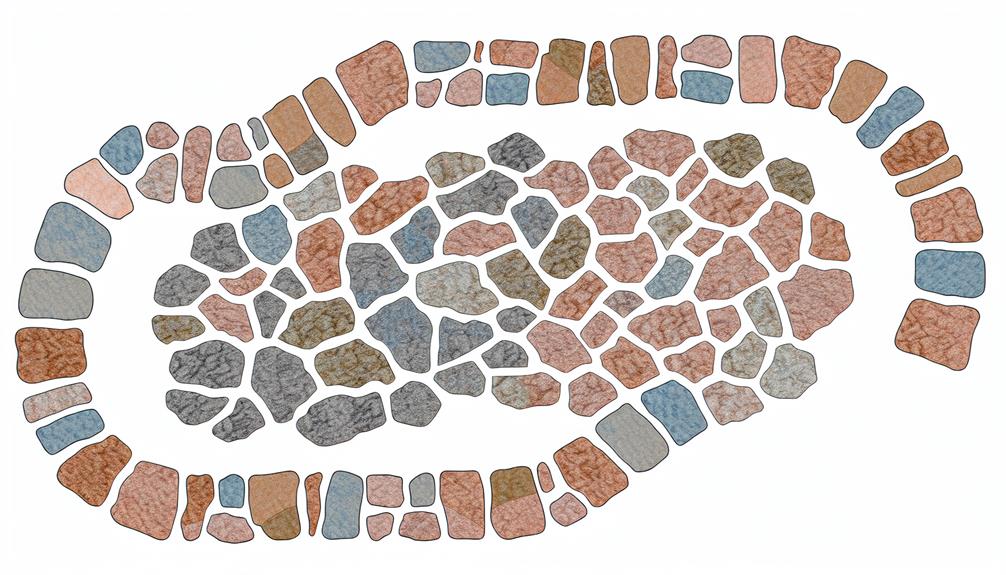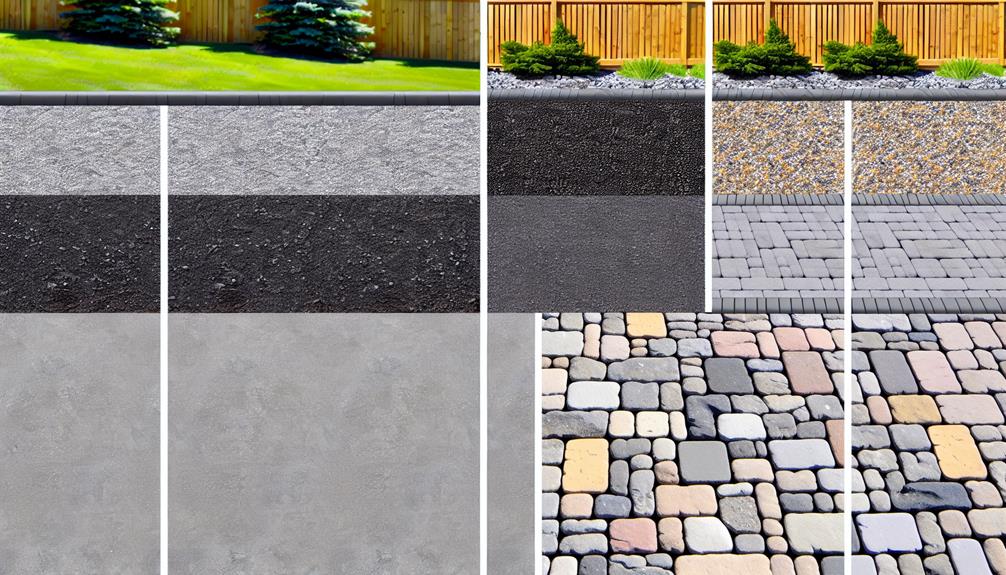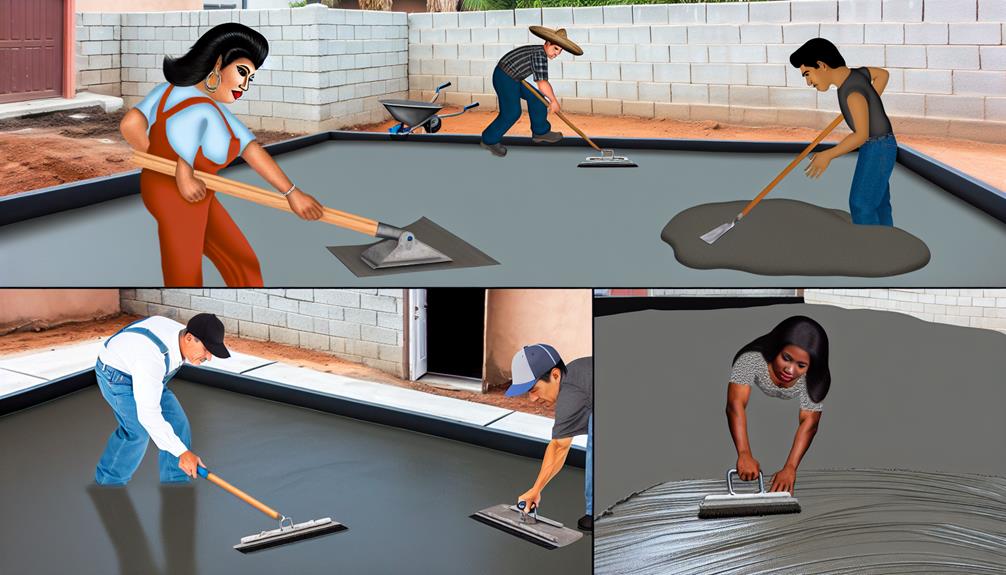Help and support the creative community
We are Mark Finlay Designs
Interior design, exterior design and construction design for homeowners across the globe, supply us with an outline and let us get to work


OUR SERVICES
Interior Design
Did you know that, according to a report by Market Research Future, the global interior design market is projected to reach $23.15 billion by 2025? You’re probably wondering why this industry is expanding so rapidly.
Well, it’s not merely about creating aesthetically pleasing environments; interior design plays a vital role in improving functionality, enhancing wellbeing, and increasing productivity in our living and working spaces.
But what are the key elements that contribute to effective interior design? Let’s stick around and explore this intriguing subject further.
Understanding the Basics of Interior Design
To truly appreciate interior design, it’s essential to grasp the basics that transform ordinary spaces into functional and aesthetically pleasing environments. Your daily life is influenced by the design of spaces around you, from your cozy home to your efficient workplace.
The interior design profession has evolved since the early 20th century, requiring a broad set of skills and technical knowledge.
You’ll realize that interior design is not just about aesthetics—it’s also about creating a healthy and comfortable environment that improves your lifestyle. Space planning, a crucial aspect, ensures the optimal use of your area, while the decorative arts add beauty and character to your space.
Having a degree in interior design has become vital, especially since many states require licenses for practitioners. Accredited education and qualifying exams can elevate your professional standing and attract more clients. Schools like the New York School of Interior Design not only offer education but also valuable connections.
Influential Interior Design Styles
Let’s dive into five influential interior design styles that have shaped the way we decorate our spaces today. First up, mid-century modern design. It’s a prime choice for design firms and enthusiasts due to its clean lines and organic shapes. This style is timeless, making your space always in vogue.
Next is the Scandinavian design. It’s all about simplicity and functionality. Natural materials are its benchmarks, giving your interior decorating a minimalist and cozy aesthetic.
Then we have industrial design. This style utilizes exposed brick, metal, and raw materials, providing a rugged and urban vibe. It’s ideal if you’re after a raw, unfinished look.
Biophilic design is another influential interior design style. It incorporates natural elements into your spaces, promoting well-being and a connection to nature. If you’re a nature-lover, this style would be a perfect fit.
Finally, we have minimalist designs. These are for those who prefer clean lines, open spaces, and a clutter-free aesthetic. It’s a trend that’s gaining popularity within interior decoration, providing a calm and tranquil environment.
These influential interior design styles can help guide your decorating choices, ensuring you create a space that truly reflects your taste.
The Importance of Colour Selection
Diving into the world of color, you’ll quickly realize its significant role in interior design, influencing not only the mood and atmosphere of a space, but also its perceived size and brightness. As noted by the Society of Interior Designers, proper color selection can bring about a harmonious and cohesive design scheme, much desired in both residential and hospitality design.
In places like New York City, where space is often limited, skillful color selection can create an illusion of spaciousness. Lighter hues, for instance, can make a room feel airy and larger. Besides, the correct color palette can highlight architectural features and direct attention to focal points within your space.
Your technical knowledge in color psychology is crucial. Different colors evoke specific emotions, affecting people’s behavior and mood. It’s not just about graphic design; it’s about influencing how people feel and behave in a space.
In short, the importance of color selection in interior design can’t be overstated. It’s all about creating a balanced and inviting environment that enhances the functionality and visual appeal of your space.
Emerging Trends in Interior Design
As you navigate the dynamic field of interior design, it’s crucial to stay updated with emerging trends such as sustainability, minimalism, and biophilic design, all of which prioritize eco-friendly materials and natural elements for healthier living spaces.
Sustainability is not just a trend but a necessity. You’ll find more and more designers opting for reclaimed wood, bamboo, and importantly, stainless steel. Stainless steel is durable, recyclable, and gives a sleek touch to your designs.
Minimalism, on the other hand, is all about simplicity and function. It’s about ditching the unnecessary and creating a space that’s clutter-free. Neutral colors, clean lines, and simple finishes are the essence of this approach.
Biophilic design integrates nature into the built environment. It’s not just about adding plants but using natural light, organic patterns, and materials to create an environment that’s calming yet invigorating.
These trends aren’t solely about aesthetics. They’re about designing spaces that are comfortable, healthy, and sustainable. And as you embrace these trends, remember, your creative input can influence how these spaces influence the well-being and lifestyle of those inhabiting them.
Space Planning and Optimisation
Building on the concept of sustainable, minimalist, and biophilic design trends, it’s equally important to consider how the physical layout of a space can enhance its functionality and aesthetic appeal through effective space planning and optimization.
This isn’t just about arranging furniture. You’re ensuring optimal functionality and flow in your space.
Exterior Design
In the realm of architecture and design, the exterior of a structure serves not merely as a protective shell, but as an expression of identity and aesthetic intent.
Exterior design, a discipline that transcends mere visual appeal, marries form with function, optimizes the interplay of light and space, and utilizes materials and features to enhance both sustainability and durability.
With the right approach, it can significantly increase a property’s value, create a strong first impression, and ensure that the structure harmoniously blends with its surroundings.
The following discourse aims to explore the multifaceted aspects of exterior design, the considerations that inform its execution, and its impact on the overall perception of a property.
Understanding Exterior Home Styles
Diving into the realm of exterior home styles, it’s crucial to understand that there are several distinctive categories, including traditionalist, minimalist, trendsetter, and regional character, each offering unique architectural features and design elements.
These styles present an array of exterior home design possibilities, allowing you to flexibly mold the exterior of your home to a preferred aesthetic.
Traditionalist designs typically feature classic elements, whereas minimalist styles embrace simplicity and clean lines. Trendsetters opt for bold, innovative exterior designs that stand out, while regional character styles reflect the architectural heritage of specific geographical areas.
When considering design ideas for the exterior of your home, a key factor is the exterior paint color. This can dramatically impact the overall aesthetic, making it important to research and deliberate on the perfect hue. A harmonious exterior paint color can enhance the architectural details and boost the curb appeal of your home.
Choosing Appropriate Exterior Colours
Selecting appropriate exterior colors is a critical aspect of exterior design, requiring careful consideration of the architectural style, surroundings, and overall aesthetic of your home. The exterior colour you choose can drastically transform the look of your house, highlighting architectural details, blending with the landscape, or making a bold, unmistakable statement.
A well-chosen palette enhances your home’s exterior design, creating an inviting, pleasing environment that reflects your taste. To achieve this, consider the architectural style of your home. Traditional homes may benefit from classic, subtle colours, while modern homes might carry bolder, contrasting shades well.
Observe the surroundings of your home too. Choose colours that harmonize with the environment, ensuring your house complements rather than clashes with the landscape.
Decorative Elements for Home Exteriors
Having established the importance of color selection in exterior design, we now turn our attention to the role of decorative elements in enhancing the overall aesthetic appeal of a home’s exterior. Strategic incorporation of decorative elements for home exteriors can dramatically boost the curb appeal and overall design.
Consider elements such as bold house numbers, sleek mailboxes, and inviting doormats. These seemingly insignificant details can make a significant impact on your home’s exterior design. Opt for unique fonts or bold colors to add a personal touch to your exterior house design and make it stand out.
Thoughtful selection and placement of exterior lighting fixtures can elevate the design and aesthetic appeal of your home. They not only enhance visibility but also highlight the architectural features of your home, creating a dramatic effect after dark.
Landscaping also plays a pivotal role in the home exterior design. The right landscaping can complement your home’s architecture, creating a harmonious and cohesive look. Remember, the key is to enhance, not overshadow, the exterior of your home. Be it a grand entrance or a beautiful garden, each element should seamlessly blend into the overall design.
Online Transformation of Exteriors
In the realm of exterior design, the advent of online transformation tools has revolutionized the way homeowners envision potential changes to their properties, offering a digital platform for trialing colors, materials, and design features before committing to a full-scale remodel.
This empowers individuals to take control of their house front aesthetic, manipulating front elevation and exterior lighting to achieve a desirable outcome.
Online transformation of exteriors advocates for strategic, informed decisions. By digitally visualizing an array of options, homeowners can confidently select the perfect color scheme or materials, eliminating uncertainty and potential regret. This method ensures that the final result aligns with the homeowner’s vision, thereby creating a truly personalized space.
The beauty of this digital era in exterior design lies in its marriage of innovation and control. Homeowners are no longer limited or confined by traditional design processes. Instead, they have the freedom to explore, experiment, and execute their design aspirations. This transformative process encourages homeowners to embrace their creativity, taking the reins in shaping their property’s exterior, ultimately leading to a home that is a true reflection of their personal style.
Enhancing Curb Appeal With Design
The strategic application of exterior design principles significantly elevates a property’s curb appeal, substantially contributing to its overall attractiveness and value. This influence is particularly potent for homes, where the front door, garage door, and even house numbers can make a striking first impression.
A home’s front door can set the tone for the rest of the property. A well-chosen door in a color that complements the exterior color scheme can create an inviting, cohesive look. Similarly, a stylish and well-maintained garage door can enhance the overall aesthetic of the home, while dilapidated or outdated doors can detract from it.
House numbers, often an overlooked detail, can also contribute to a home’s curb appeal.
In the realm of property development, a significant yet often overlooked aspect is the strategic intersection of driveway design and landscaping.
This confluence of form and function can serve as a pivotal aspect in shaping a property’s first impression, setting the tone for the overall aesthetic while adhering to vital considerations of accessibility and safety. A well-designed driveway, seamlessly integrated with thoughtful landscaping, can transform a mundane entrance into a captivating prelude to the architectural beauty that lies beyond. However, achieving such a harmonious blend requires an in-depth understanding of several elements and an adept application of design principles. We invite you to further explore this compelling subject, promising to illuminate the subtle artistry and practical wisdom inherent in effective driveway design and landscaping.
Driveway Ideas
When delving into the realm of driveway ideas, one can explore a myriad of options ranging from cobblestone and brick to diverse resin driveways, each offering a unique blend of functionality and aesthetic appeal. These driveway design choices cater to a variety of tastes, needs, and budgets, providing homeowners with creative driveway ideas that enhance the front yard while seamlessly blending in with the overall landscape design.
Modern driveway designs offer a diverse array of paver options, such as diamond smooth and victorien 60 pavers, which are not only aesthetically pleasing but also durable and suitable for harsh climates.
By considering these design ideas, homeowners can ensure that their driveway is not only a practical feature, but also a design statement that enhances the value and appeal of their property.
Incorporating landscape design into the driveway area can further enhance its aesthetic appeal. From modern landscape designs to driveway entrance landscaping, a well-thought-out landscape can transform a simple driveway into an inviting entrance, making a strong first impression while also creating beautiful outdoor living spaces.
Evaluating Driveway Location and Size
Assessing the optimal location and size for a driveway involves several key considerations, including proximity to intersections, alignment with neighboring driveways, and the visibility from the main road. A poorly situated driveway can pose safety risks and impede the functionality of your property.
Evaluating driveway location and size is not merely about convenience; it’s about optimizing the design to enhance safety, functionality, and resale value. The driveway should be large enough to accommodate parking space for your vehicles, while allowing for easy maneuvering. Width and length should be evaluated in terms of both current and potential future needs.
The grade and slope of the driveway should facilitate efficient drainage, reducing the potential for ice and snow buildup. Safety measures like adequate lighting and reflective markers should also be incorporated in the driveway design.
Moreover, the location and size of the driveway should complement the overall landscape of your property. A well-planned driveway not only boosts the aesthetic appeal of your property but also contributes to its resale value. It’s a significant investment that requires careful planning and execution.
Exploring Different Driveway Shapes
In the pursuit of a unique and functional driveway, exploring different shapes such as curved, circular, and straight is often a crucial step in the design process. These different styles can transform the overall aesthetic of your property, making it more visually appealing. The shape of your driveway should not only enhance the beauty of your landscape but also seamlessly meet your practical needs.
For instance, a circular driveway can provide a grand entrance and easy turnaround, while a straight driveway might be more suitable for smaller properties. A curved driveway, on the other hand, can add a touch of elegance and softness to your landscape. Each of these ideas brings its own charm and functionality to your driveway design & landscaping.
Moreover, when exploring different driveway shapes, consider the integration of landscaping elements. The strategic positioning of plants, trees, and decorative features can further accentuate the shape of your driveway, heightening its aesthetic appeal. Remember, a well-thought-out driveway shape can significantly improve the curb appeal and functionality of your property.
Incorporating Landscaping Elements
Building on the exploration of different driveway shapes, incorporating landscaping elements is the next crucial step in enhancing the aesthetic and functional appeal of a driveway design. These elements not only raise the curb appeal but also provide a welcoming entrance to your property.
A driveway without landscaping elements can look stark and uninviting. Therefore, the integration of natural elements like trees, shrubs, and flowers, as well as hardscape features such as retaining walls and decorative borders, is necessary. These additions create a unique and inviting aesthetic that contributes to the creation of the best driveway design.
The use of permeable landscaping elements is a great option for promoting eco-friendly practices and reducing runoff and flooding. These elements also enhance the overall functionality of the property.
Lastly, incorporating landscaping elements such as landscape pavers, seating areas, and walkways into driveway designs can transform the area into a beautiful outdoor living space. This not only elevates the aesthetic appeal but also provides a comfortable space for relaxation and socialization. Hence, for an audience desiring control, these are key considerations in driveway design and landscaping.
Safety Considerations in Driveway Design
Navigating the labyrinth of driveway design demands careful attention to safety considerations, which can significantly influence both the functionality and aesthetic appeal of your property’s entrance. When designing your driveway, particularly a gravel driveway, keep in mind that safety should always be your priority.
